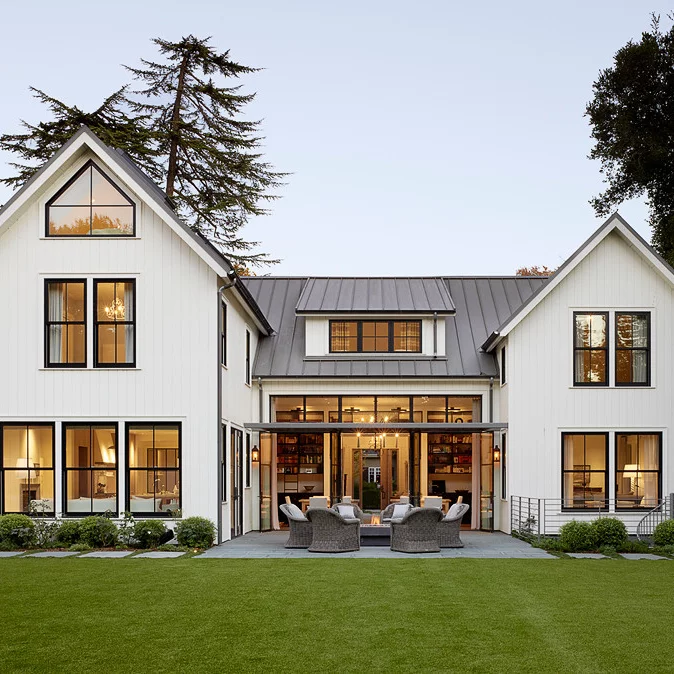The US residential real estate market has experienced remarkable transformations over the past 75 years, reflecting changing economic conditions, demographic shifts, and evolving societal preferences. In this article, we delve into the historical performance of residential real estate values, examining key trends and factors that have influenced the market’s trajectory.
Post-WWII Boom (1945-1960): Following World War II, the US experienced an unprecedented residential real estate boom. The baby boomer generation, increased homeownership aspirations, and expanding suburbs fueled demand, leading to soaring property values. Subdivisions emerged, and iconic Levittown became a symbol of post-war housing success.
Economic Instability and Recovery (1970s-1980s): The 1970s and early 1980s witnessed economic turbulence, with high inflation and interest rates. Residential real estate values experienced significant fluctuations, as homeowners faced challenges with affordability. However, as the economy stabilized, housing values gradually recovered.
Tech Boom and Housing Bubble (1990s-2000s): The late 1990s and early 2000s witnessed an extraordinary tech boom, contributing to rapid economic growth. Residential real estate values soared during this period, culminating in the housing bubble of the mid-2000s. Speculative buying and subprime lending practices inflated home prices to unsustainable levels.
The Great Recession (2008-2010): The bursting of the housing bubble triggered the Great Recession, leading to a severe downturn in the market. Foreclosures surged, and property values plummeted nationwide. Many homeowners found themselves underwater, owing more on their mortgages than their homes were worth.
Recovery and Post-Recession Growth (2010-2020): In the aftermath of the Great Recession, the residential real estate gradually recovered. Low-interest rates, government stimulus measures, and increased demand led to a steady upward trajectory in home values. Certain regions, such as tech hubs and metropolitan areas, experienced robust growth.
Current Trends and Outlook: In recent years, the US housing market has witnessed unprecedented demand, driven by low mortgage rates, remote work trends, and a renewed focus on homeownership. Limited housing inventory has fueled bidding wars and further boosted property values, creating a competitive landscape for buyers.
The US housing market has undergone significant shifts and fluctuations over the past 75 years. From the post-WWII boom to economic downturns and subsequent recoveries, the market has exhibited resilience and adaptability. Understanding the historical performance and factors influencing residential real estate values is crucial for making informed decisions in this ever-evolving market. #closedbyclough
Want a Deep Dive into Housing Stats?: NAR Research Site
Want To Stay on Top of Your Hyper Local Trends?:Sign Up Here


 Facebook
Facebook
 X
X
 Pinterest
Pinterest
 Copy Link
Copy Link
